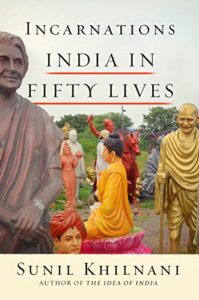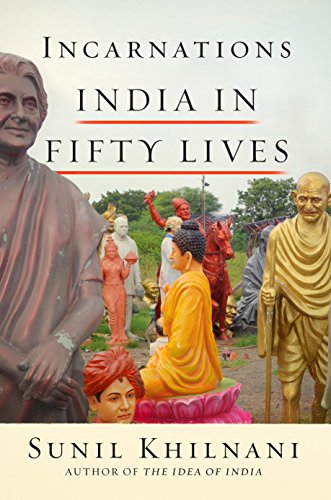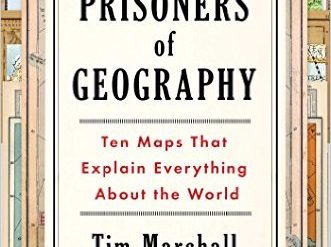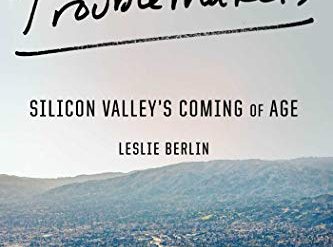
Picture a stretch of territory of nearly 1.9 million square miles, housing 1.7 billion people. These people speak 26 major languages and more than 1,500 lesser languages and dialects. How can such a place be a single nation? In fact, in recent years, that territory has consisted of three countries: India, Pakistan, and Bangladesh. But historically it was, in the view of historians and geographers, just one country. That’s India.
2,500 years of Indian history
In his engrossing new book, Incarnations: India in Fifty Lives, the eminent Indian historian Sunil Khilnani sets out to paint an impressionistic history of that endlessly complex country. The 50 lives he sketches in a series of brief essays span the full 2,500 years of the subcontinent’s discoverable history. Khilnani’s subjects include poets, religious leaders, emperors, artists, actors, film directors, social activists, political leaders, industrialists, and more. The effect is dizzying. In his attempt to convey a sense of India as a whole, he highlights instead the many, many small parts that make the country appear implausible. In the subcontinent, the whole is not greater than the parts.
Incarnations: A History of India in Fifty Lives by Sunil Khilnani (2016) 465 pages ★★★★☆
Without question, India has produced a great many gifted and influential individuals. From the Buddha and the Emperor Ashoka to Mohandas Gandhi, India has made its presence known to the world. These three towering figures are all included in Incarnations. Most of the rest are unfamiliar to most Western audiences. Even having spent time in India and read some of its history, I recognized no more than a handful of the 47 others portrayed in the book.
Unsparing portraits of India’s greats
Khilnani’s selection of subjects is unorthodox. For example, the country’s founding Prime Minister, Jawaharlal Nehru, is missing. Many of the others portrayed in the book are unlikely to figure in anyone else’s list of India’s greatest individuals. “If you don’t yet know the arresting stories [told here],” he writes, that is perhaps not accidental.” Instead of Nehru and other latter-day personalities whom others might include, he sketches the lives of such individuals as “Malik Ambar, a gifted seventeenth-century Abyssinian slave turned Deccan warrior king” and “Chidambaram Pillai, a dogged Tamil nationalist who took on the steamship might of the British Empire.” It’s unlikely that even a well-educated Indian in any field but history would recognize either of these names.
Incarnations is no celebration of India’s greatness. Khilnani’s portrayal of his subjects is often merciless. Virtually every one of the essays in the book shows their dark side. Mohandas Gandhi, for instance, is portrayed in a particularly unflattering light. But so are most of the other people included in the book. Don’t read Incarnations expecting white-washed Indian history.
Diversity squared
The United States today pictures itself as ethnically diverse. The Census Bureau reports that more than 350 languages are spoken in American homes. But only a relative handful communicate exclusively in any language but English or Spanish. America’s diversity pales beside that of India. There, 29 languages are each spoken by at least one million people. The top 10 are spoken by at least 33 million. Indians who can carry on conversations in five or six languages may still be unable to communicate with a majority of their countrymen. In religion, too, the two countries contrast sharply. In the US today, two major variants of Christianity encompass most of the population. India is “the only place on earth where each of the world’s four great religions (Hinduism, Buddhism, Christianity, and Islam) has at different times ruled large areas.” Even today, all four claim large numbers of faithful in India.
Sunil Khilnani’s Incarnations will help you gain a sense of the depth of Indian history and the breadth of its differences. It won’t help you “understand India,” because no one can do that.
For related reading
This is one of the Good books about India, past and present that I’ve reviewed on this site.
You may enjoy browsing through 20 top nonfiction books about history.
If you’re looking for a broader view of human history, check out New perspectives on world history.
And if you enjoy reading history in fictional form, check out 20 most enlightening historical novels.
And you can always find my most popular reviews, and the most recent ones, on the Home Page.


























